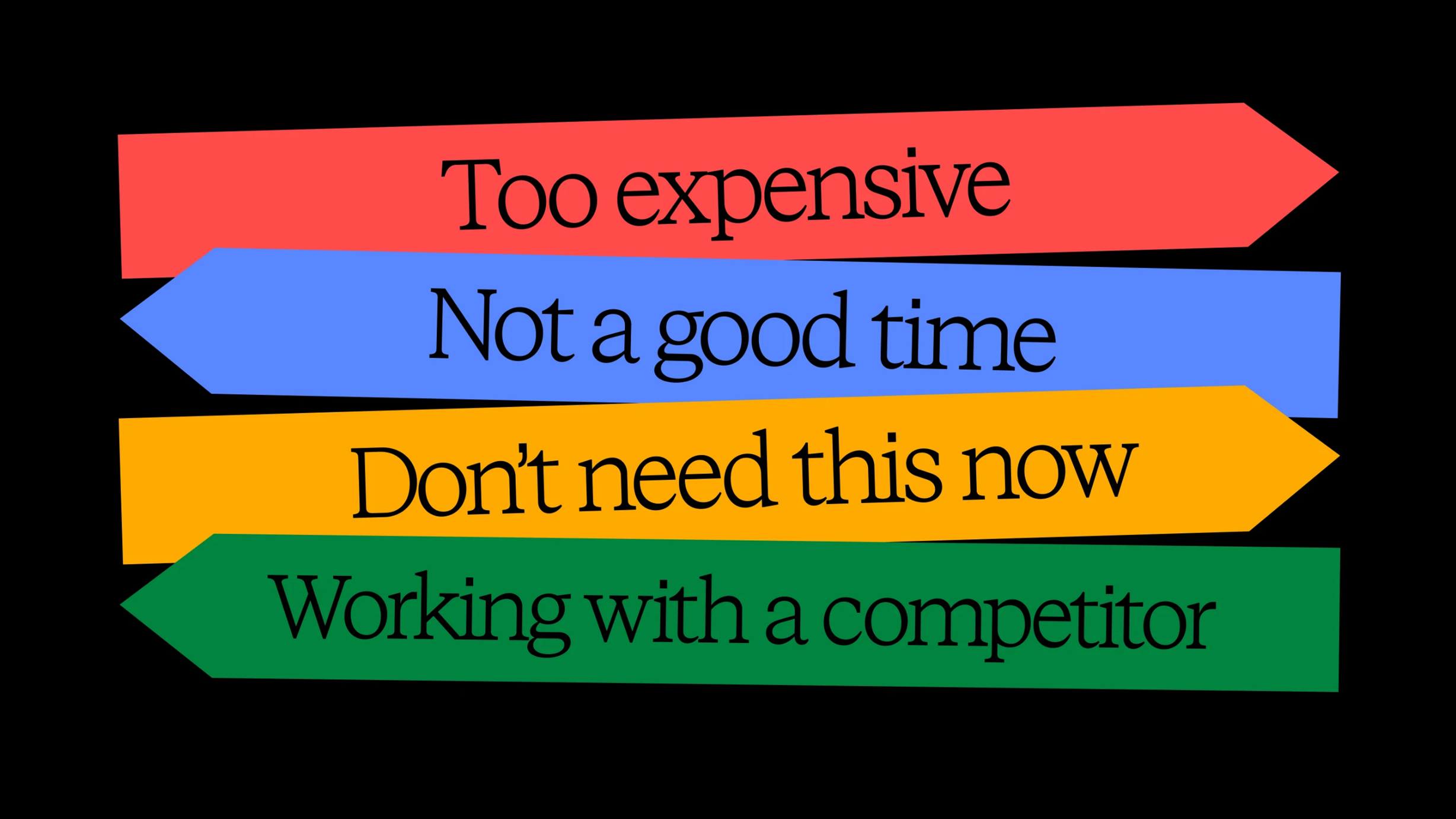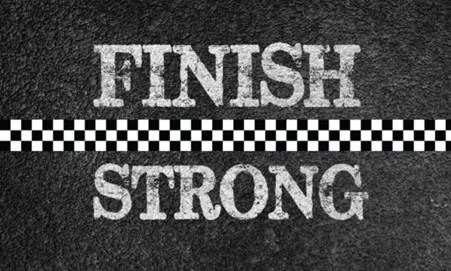If your sales team are still handling objections the same way they did three or four years ago, chances are they are losing deals they could be winning. Objection handling has changed. Buyers have changed. The entire sales landscape has shifted. Yet many sales teams are still relying on old scripts, outdated closing tricks and generic answers that do nothing to move a modern buyer forward.
The good news is that once you understand how objections work today, you can coach your team to handle them with more confidence, more intelligence and far better outcomes.

Buyers Aren’t Saying No. They’re Saying Show Me More
Objections used to be seen as a roadblock. Salespeople would tense up, jump into pitch mode and try to bulldoze their way through. Today, objections are more like invitations. Buyers have more information than ever and they want to sense check, validate or clarify before committing. Their objections are less about pushback and more about understanding.
When a buyer says the price is too high, often they are really saying help me see the value. When they say they need more time, they might be saying I am not confident enough yet. And when they say they want to think about it, they might be saying I am not sure you understand what I actually need.
Modern objection handling requires curiosity. Instead of countering the objection, the salesperson needs to explore it. Instead of defending the offer, the salesperson needs to understand the context behind the concern.
This shift alone is helping top performing sales teams close more deals with less pressure and far stronger relationships.

The Old Playbook Doesn’t Work Anymore
For years, sales training taught reps to memorise canned responses. You know the ones. If the customer says X, you reply with Y. If they stall, you push. If they hesitate, you assume the close. These tactics feel tone deaf today because they ignore how buyers make decisions.
Buyers now expect personalised conversations. They want salespeople who listen, ask thoughtful questions and adapt in real time. A one size fits all objection handling script simply doesn’t match how people will buy in 2026.
What does work is helping your team develop the mindset and skills to diagnose objections on the spot. They need to understand whether the concern is emotional, logical or situational. They need to know how to pause, dig deeper and reframe the conversation. And they especially need the confidence to slow down instead of panic.
Objections Are Happening Earlier Than Ever
Thanks to online research, reviews, competitors advertising and social proof, customers walk into conversations with objections already formed. This means your team need to be prepared long before the pitch even starts.
The best sales teams handle objections proactively. They bring up concerns before the buyer does. They normalise them rather than avoid them. They show that hesitation is expected and that talking through those hesitations is part of making a strong decision. This approach builds massive trust because it signals transparency and confidence.
If your team are waiting for objections to appear, they are already behind.

Emotion Now Plays a Bigger Role Than Logic
Another major shift is the emotional weight of objections. Buyers are more risk averse. Budgets are tighter. Decision makers are cautious and accountable to more people. Behind every objection is a personal fear like making a mistake, wasting money or choosing the wrong provider.
If your team only responds with logical facts, they miss the real issue. This is why modern objection handling blends logic and empathy. A simple acknowledgment like I can see why you feel that way takes the tension out of the conversation and lowers the buyers guard. When salespeople learn to meet the emotion before the logic, they advance the deal faster and more naturally.
Your Team Needs Training That Matches Today’s Buyer
Most objection handling problems aren’t because your team are inexperienced. They happen because your team haven’t been shown how objections work in the modern sales environment. They are doing the best they can with strategies that simply don’t match how people buy now.
With the right training, your team can learn how to:
• Decode the real meaning behind objections
• Ask better follow up questions
• Balance empathy with clarity
• Build confidence in uncertain buyers
• Move conversations forward without pressure
When your salespeople get this right, objection handling stops feeling like a battle and starts feeling like a conversation. Deals close faster, relationships strengthen and confidence skyrockets.
Objection handling has evolved. The question is whether your team has evolved with it. If you want them to feel confident, credible and capable in every sales conversation, it might be time to equip them with the skills that match today’s market. To find out more about effective Sales Strategies you can implement for your Sales Team, click here.
For tailored Sales Training that strengthens your team’s objection handling skills, contact KONA Training.
Call 1300 611 288 or Email info@kona.com.au
Author – Garret Norris – https://www.linkedin.com/in/garretnorris/













































































































